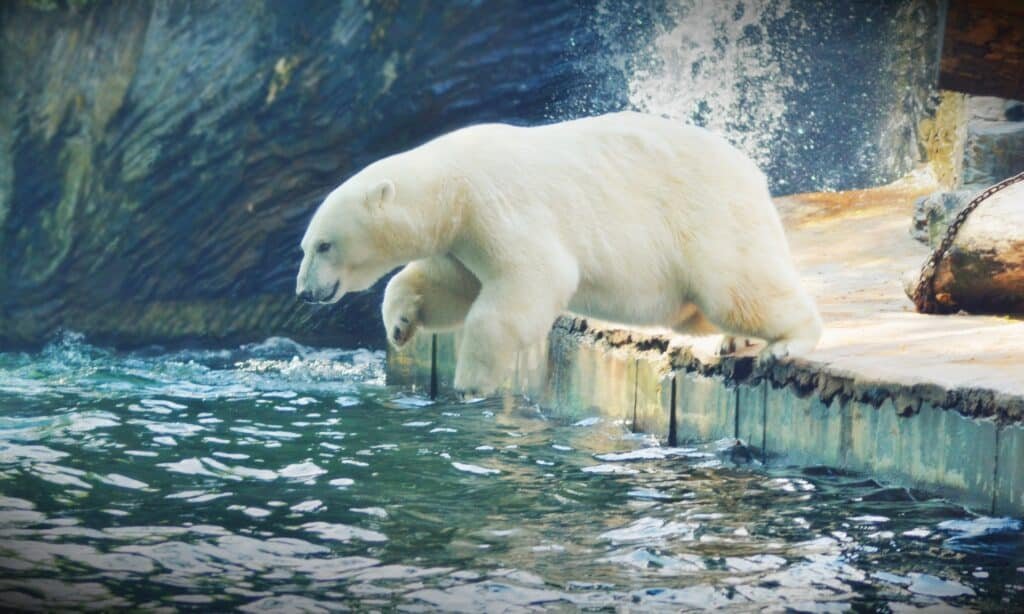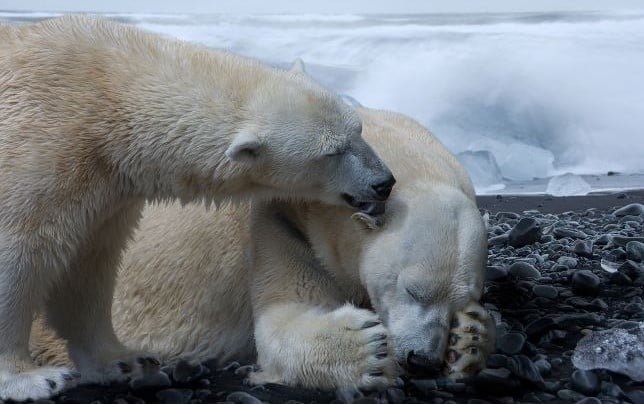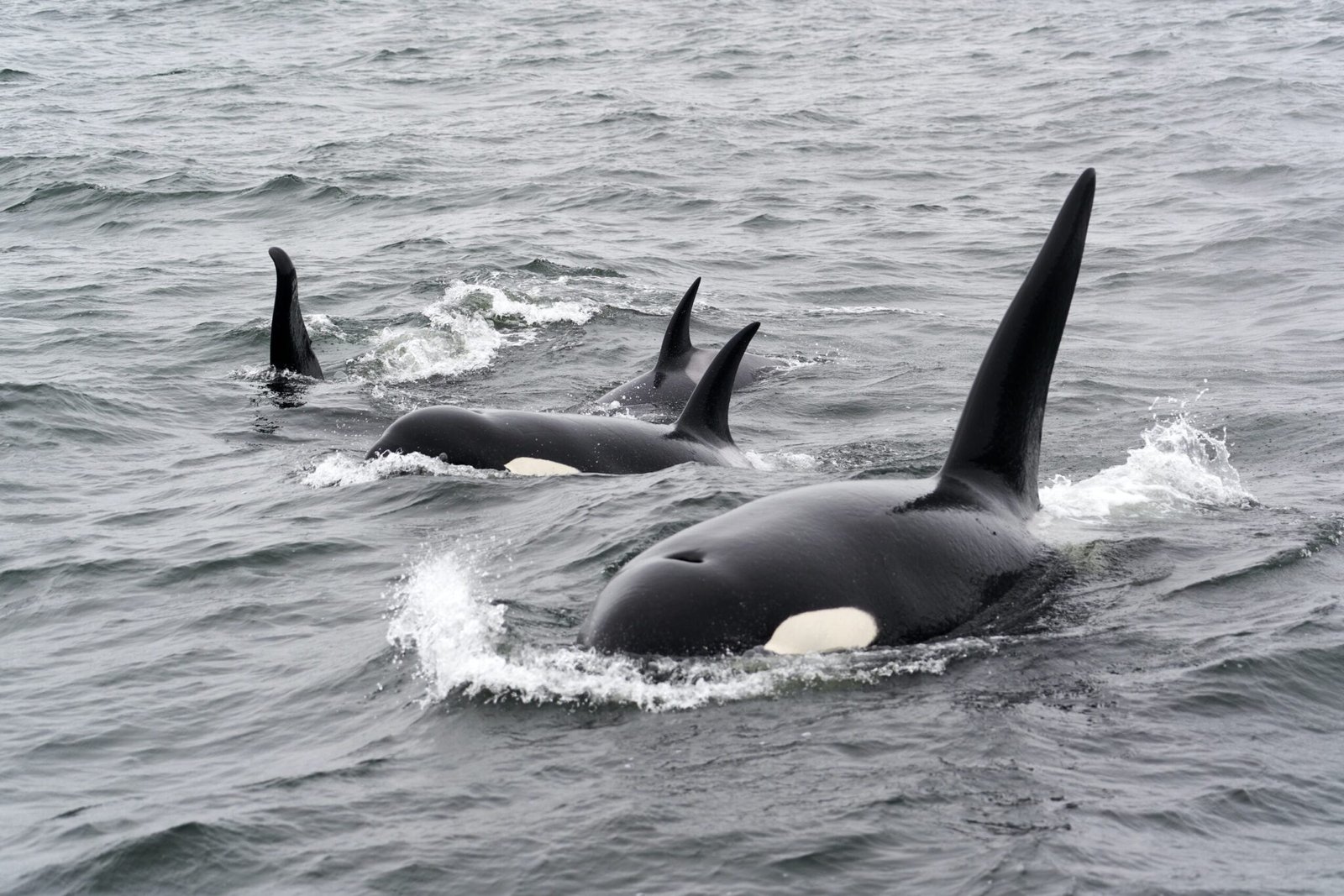Polar bears, the majestic lords of the Arctic, are not just bound to the ice and snow; they are also masters of the underwater realm. Their ability to hold their breath is a fascinating aspect of their survival skills. But how long can polar bears hold their breath? Let’s dive into the details and uncover the specifics of their underwater prowess.
Table of Contents
Understanding Polar Bear Physiology
To appreciate the breath-holding capacity of polar bears, we must first understand their unique physiology. Polar bears are equipped with large, powerful bodies adapted to the cold, with a thick layer of fat and dense fur for insulation. Their nostrils close when they submerge, preventing water from entering their respiratory system. This adaptation is crucial for their survival and hunting methods.

Diving Deeper: Polar Bears’ Breath-Holding Capability
On average, a polar bear can hold its breath for about two minutes. This might not seem extraordinary at first glance, especially when compared to marine mammals like whales or seals, but considering their size and the energy required to propel them through the water, it’s an impressive feat. During these two minutes, polar bears can dive to depths of approximately 15 feet (4.5 meters), giving them access to a world beneath the ice that’s essential for their survival.
The Hunting Techniques of Polar Bears
The primary reason polar bears have developed such an impressive diving ability is for hunting. Their main prey, seals, are aquatic creatures that can be difficult to catch on the ice. Polar bears use their breath-holding capacity to stealthily approach and capture seals resting on the ice or swimming in the water.
The Impact of Climate Change on Polar Bears’ Breath-Holding
As the climate warms and the Arctic ice melts, polar bears are forced to swim longer distances, which may require them to hold their breath for longer and more frequently. The increase in swimming efforts due to climate change puts additional stress on polar bears, not only in terms of the energy expended but also in the increased demand for their breath-holding abilities.

Polar Bears’ Breath Capacity: A Survival Tool
For polar bears, being able to hold their breath is more than just a neat trick; it’s a crucial survival tool. Whether they are hunting for food or migrating across the water, their breath-holding ability plays a vital role in their daily life and long-term survival in the harsh Arctic environment.
Conservation Efforts to Protect Polar Bears
The breath-holding capacity of polar bears is a small piece of a much larger ecological puzzle. As apex predators, polar bears are key indicators of the health of the Arctic ecosystem. Conservation efforts are critical to protect these magnificent creatures and the habitat they rely on. By understanding and valuing their abilities, like breath-holding, we can better appreciate the importance of polar bears in our world.
Conclusion: The Aquatic Prowess of Polar Bears
In conclusion, the ability of polar bears to hold their breath is not only a testament to their adaptability but also a critical component of their survival strategy. As sentinels of climate change, their aquatic abilities remind us of the delicate balance of life in the Arctic and the urgent need to protect this environment for future generations.




